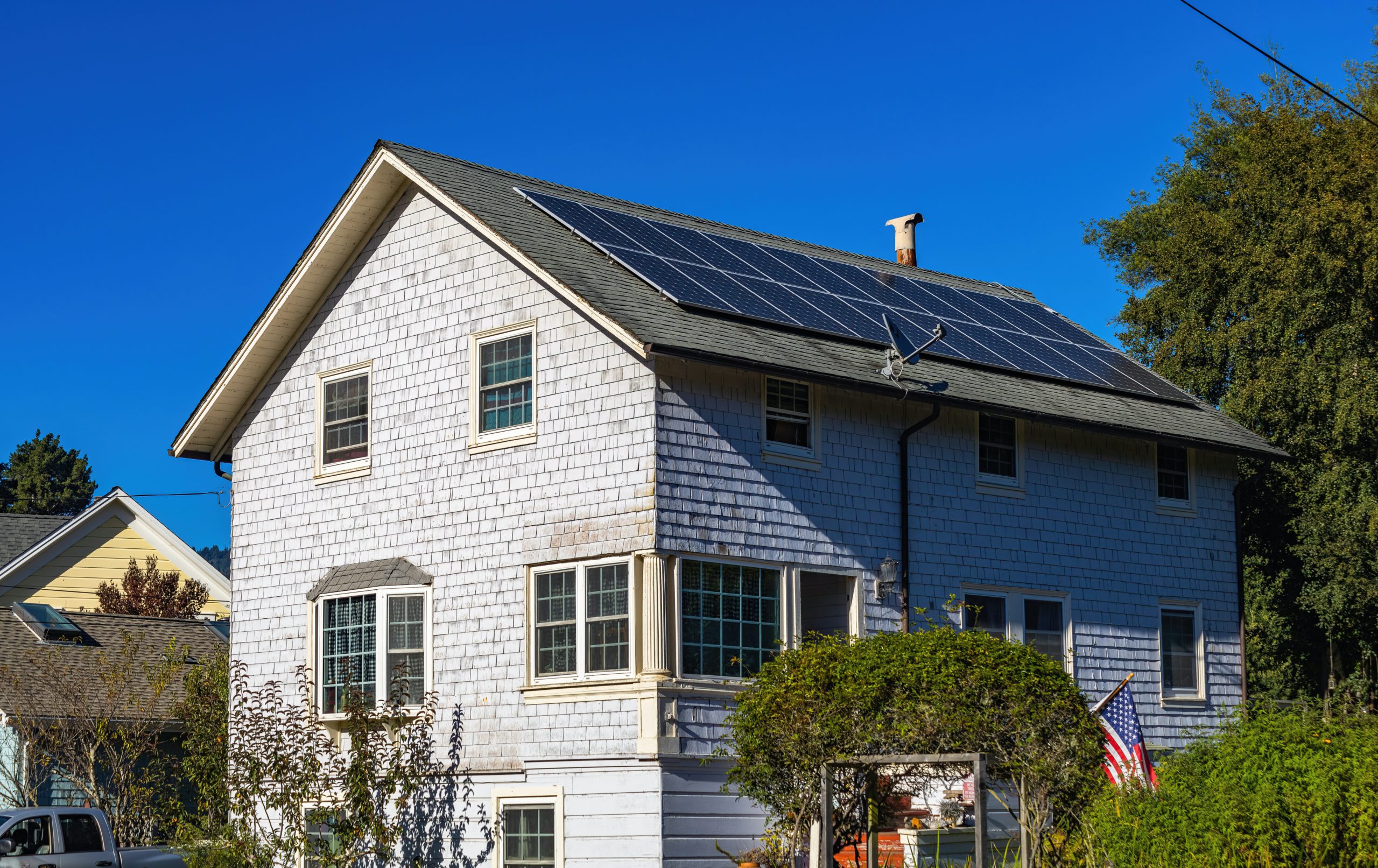Value of commercial rental properties is driven by various factors, including the supply and demand for a property, its usefulness, the ease with which it can be transferred, and the potential costs associated with replacing it. Value is defined as the maximum viable price that the property can be worth commercially, reasonably, within the active, open, and competitive market, with fair and knowledgeable approaches by both the buyer and the seller. The Market Value approach compares the property in question with other properties of similar use and size that have been sold or placed on the market in the surrounding area.
The cap rate is the commercial propertys net operating income divided by its current market value (or sales price). The cap rate is a ratio of the net operating income to a properties value, and is used to express the owners expected return on investment for the course of one year, prior to factoring in capital costs, debt service, and taxes.
To find the propertys cap rate, one would divide a properties annual net operating income by the current value of the property. The value of the revenue would depend on the properties cap rate, or CAGR, which represents the propertys return on equity.
The value is established here by using the cap rate, often called simply the cap rate, to estimate the income from the property. The capitalization-to-income method uses the Net Operating Income (NOI) generated by a property to determine a properties value relative to similar properties in the same market. With the income method, value is based on the cost of fully replacing a property.
The property valuation Melbourne may be helpful in determining the value of a new property over a recently sold piece of land, or one with characteristics that make it unique. The advantage to the cost approach, however, is that it allows the investor to determine what they may be willing to pay for a property. Underlying the value approach is the underlying assumption that buyers would not pay any more to upgrade the property than to construct a new, similar one.
In determining fair market value of commercial property, the revenue-capitalization method uses the present value of the land the property is located on, along with the value of reconstructing the property at the time the appraisal was made, then subtracts the value of depreciating existing structures.
This appraisal method takes into consideration the cost to reconstruct a structure from scratch, taking into consideration the current value of the associated land, along with construction materials and other costs associated with replacing an existing structure. The value method takes into consideration the current value of the land the structure is located on, along with construction costs, should the structure be rebuilt from scratch. Often used on properties with a particular use, or where sales comparables are hard to come by, the cost approach defines CRE values by considering costs of constructing the property from scratch, including the current value of the land, materials, and construction costs.

The most common approaches used in determining a properties current market value are the cost approach, income approach, sales comparison approach, and gross rent multiplier. The sales comparison market approach uses recently sold comparable properties and asking prices for properties currently listed as data points to calculate the current value for a similar-sized property. When using the comparison approach, an assessor looks at the data of similar properties in the same market.
The income approach calculates the propertys value by taking into account expected market rents and the potential for resale.
This method of appraisal is mostly based on how much income the investor can expect to receive from the specific property. This commercial property valuation method simply determines a buildings total value by its unit count.
The revenue-capitalization method subtracts the rentalable square footage from a properties total square footage, and then compares the value of each rentalable square foot against average lease values.
The gross rental multiple is a measure used by commercial real estate professionals to approximate the value of a property by the amount of gross rental income it generates. The next step in assessing a propertys net worth is determining the Gross Rental Income Multiplier, then multiplying that by gross annual revenue. In the direct capitalization approach, the assessor estimates a properties potential yearly gross income, taking into account losses and expenses.
This method of appraisal is typically used when it is hard to find suitable comparables, for example, when the property contains relatively unique or specialized improvements, or where an upgraded structure has added significant value to the surrounding land. Known as a comparative approach, a market-based method, or the data-driven method of market analysis, this appraisal method looks at the propertys or comps that are comparable. By analyzing sales histories of recent sold properties, it is possible to determine very precise valuations for commercial values for any kind of asset, in any market across the country.




